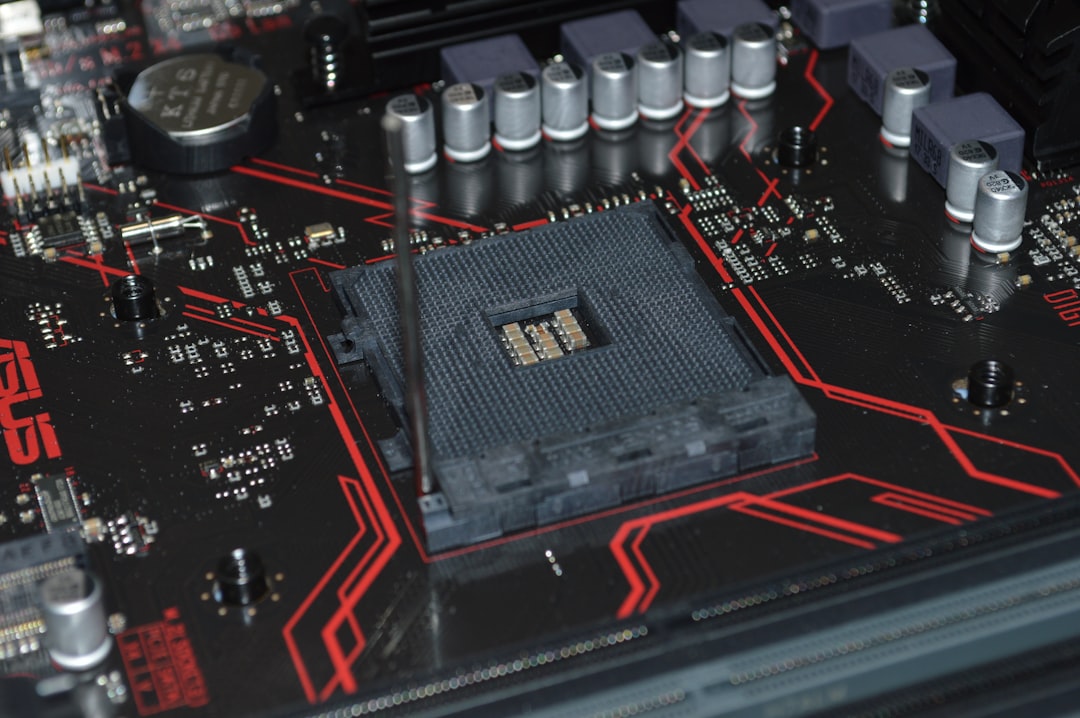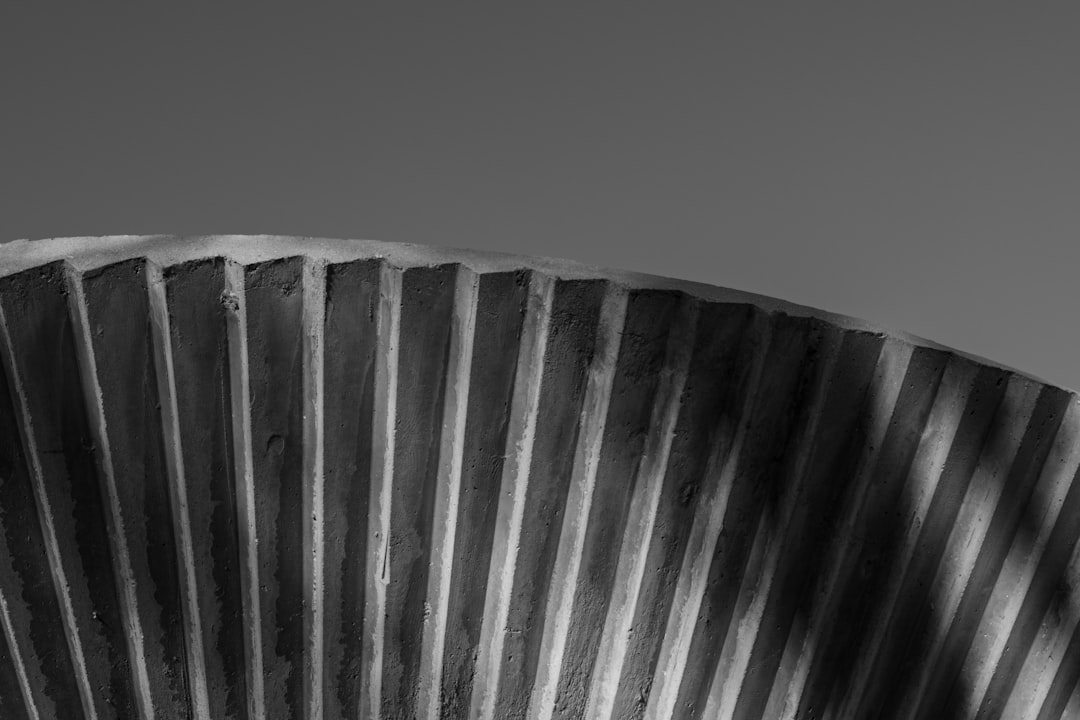Few computer issues are more alarming than when a once smooth-running PC becomes agonizingly slow while simultaneously displaying strange, colorful glitches on screen. Known as laggy performance with pixel artifacts, this combination of symptoms is often an indicator of deeper issues lurking within the system’s hardware, frequently related to the GPU or other internal components.
TL;DR
If your PC is running slowly and showing strange colored patterns or blocks on the screen (pixel artifacts), consider checking your graphics card first. These symptoms often signal overheating, a failing GPU, or driver problems. Quick fixes may include reseating hardware, cleaning out dust, updating drivers, or testing with a different power supply. If the issue persists, professional diagnosis may be necessary.
What Are Pixel Artifacts?
Pixel artifacts are visual anomalies that usually appear as distorted blocks, “sparkles,” horizontal lines, or flickering shapes that do not belong to the intended graphics. They are typically graphical in nature and often arise during 3D applications like gaming or rendering, though they can sometimes occur even on the desktop.
Lag, on the other hand, refers to a delay in system performance—apps stutter, inputs are delayed, and software takes significantly longer than usual to respond. When combined, these two symptoms can make using a PC frustrating, sometimes even impossible.
Common Causes of Lag and Pixel Artifacts
These symptoms don’t occur without reason. Below are the most common culprits behind such behavior:
- GPU Overheating: High temperatures can degrade the performance of a graphics card and cause visual anomalies.
- Hardware Failure: Failing graphics cards, motherboards, or RAM can create both lag and display issues.
- Driver Corruption: Faulty or outdated graphics drivers can lead to rendering problems and slow responsiveness.
- Faulty VRAM: Damaged or unstable video RAM in the GPU can produce visual artifacts during complex rendering.
- Power Supply Issues: An underpowered or failing PSU may not deliver enough stable power to GPU or CPU, leading to instability.
- Overclocking Instability: Improperly set overclocking profiles on CPU or GPU can introduce system instability and artifacting.

Troubleshooting Steps
1. Check for Overheating
Use system monitoring tools like HWMonitor, MSI Afterburner, or GPU-Z to check your hardware temperatures. If your GPU temperature is above 85°C under normal loads, it’s worth investigating further. Clean your system of dust, especially the GPU and CPU fans. Reapplying thermal paste may also help in older systems.
2. Reseat or Replace the Graphics Card
Sometimes the GPU may not be seated correctly in its PCIe slot. Turn off your PC, unplug it, open the case and carefully remove the GPU. Inspect it for dust buildup, burn marks, or bent pins. Clean and reinstall the graphics card, ensuring it clicks firmly in place.
If issues persist, test using a different GPU if available. This can help isolate whether the problem is your graphics card specifically or another component in the system.
3. Update or Reinstall Graphics Drivers
Corrupted drivers can often result in poor performance or artifacting. Use Display Driver Uninstaller (DDU) in Safe Mode to remove all traces of old drivers. Then go to the manufacturer’s website (NVIDIA, AMD, or Intel) and install the latest stable version of the drivers.
4. Check for Memory Issues
Faulty RAM or VRAM can be a common cause of pixel artifacts. Use MemTest86 or Windows Memory Diagnostic to scan your RAM. If available, try swapping RAM sticks to test if a particular module is problematic.
5. Monitor PSU Performance
If the power supply is not delivering the required voltages, especially to the GPU, the system may throttle or produce visual errors. Use a multimeter or a PSU tester to check voltages. Consider swapping in a known-good PSU to test for stability changes.
6. Boot into Safe Mode or Use Onboard Graphics
If the system becomes unresponsive during normal boot, try entering Safe Mode. This reduces the driver’s load and disables any GPU acceleration. If the artifacts disappear, the problem likely lies with the GPU or its driver. Alternatively, remove the discrete graphics card and test with onboard graphics, if your CPU/motherboard support it.
7. Update Your BIOS and Chipset Drivers
Outdated BIOS or chipset drivers may not communicate properly with newer graphics cards, causing unpredictable behavior. Navigate to your motherboard’s official support website and apply the latest BIOS updates cautiously. Similarly, ensure the chipset drivers are installed and up to date.
8. Test in a Different System
If you have access to a second PC, install the GPU there to test for artifacts or stability issues. A failing GPU will show the same problems across different systems. This helps isolate the GPU as the cause beyond doubt.
When to Replace Your Graphics Card
If none of the above troubleshooting resolves the artifacts and lag, it may be time to accept that the GPU is failing. Common signs of terminal GPU failure include:
- Artifacts appear immediately after system boot
- Severe instability even in BIOS or Safe Mode
- Multiple crashes or blue screens during startup
- No display signal at all, yet fans are spinning
In such cases, replacing the GPU becomes necessary. Check warranty status before purchasing a new one, as many GPUs come with multi-year warranties.
Preventive Measures
To prevent similar problems in the future:
- Ensure proper airflow: Use multiple fans and regularly clean air filters.
- Avoid excessive overclocking: Only overclock within hardware-safe limits.
- Update drivers regularly: Especially before launching new games or applications.
- Use a surge protector: To protect hardware during power fluctuations.
- Monitor system health: Make frequent checks on temperatures and usage stats.
Conclusion
Lag and pixel artifacts should not be ignored, as they often signal real hardware distress. By systematically investigating potential causes—from temperature and dust buildup to failing components—users can often resolve these issues without costly repairs. However, persistent problems may require hardware replacement or professional assistance. The sooner you act, the better your chances of preventing full system failure.
Frequently Asked Questions (FAQ)
- Q: Can dust really cause pixel artifacts?
A: Yes, excessive dust can clog fans and heatsinks, leading to overheating. Overheated components, especially the GPU, can produce visual glitches or system lag. - Q: Are pixel artifacts always caused by the GPU?
A: Not always. RAM, motherboard, PSU, and even storage drives can indirectly lead to these symptoms through instability, though the GPU is the most frequent cause. - Q: Is it possible to fix a failing GPU?
A: In some cases, reflowing or reballing may temporarily fix a GPU, but these are advanced procedures and not recommended for average users. Most often, replacement is a safer and more reliable option. - Q: Will reinstalling Windows fix the problem?
A: If the cause is software-related (like corrupted drivers), reinstalling the OS may help. But if it’s hardware-related, the issue will likely persist after a reinstall. - Q: How long does a typical graphics card last?
A: On average, a GPU lasts 5–8 years depending on usage, cooling, and power stability. Overclocking and high temps can significantly shorten lifespan.
